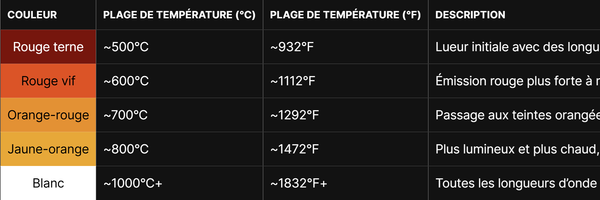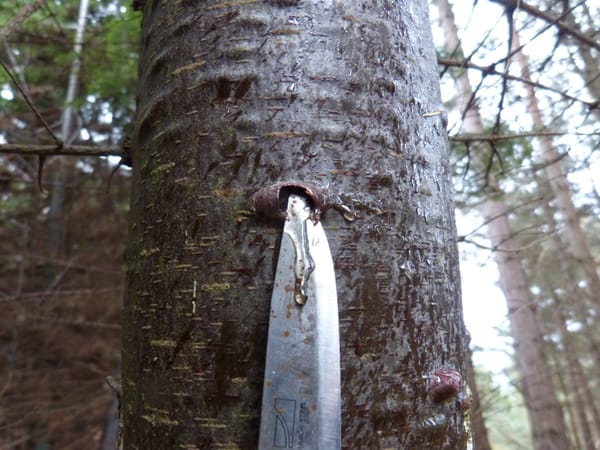Almond Wood Firewood Profile
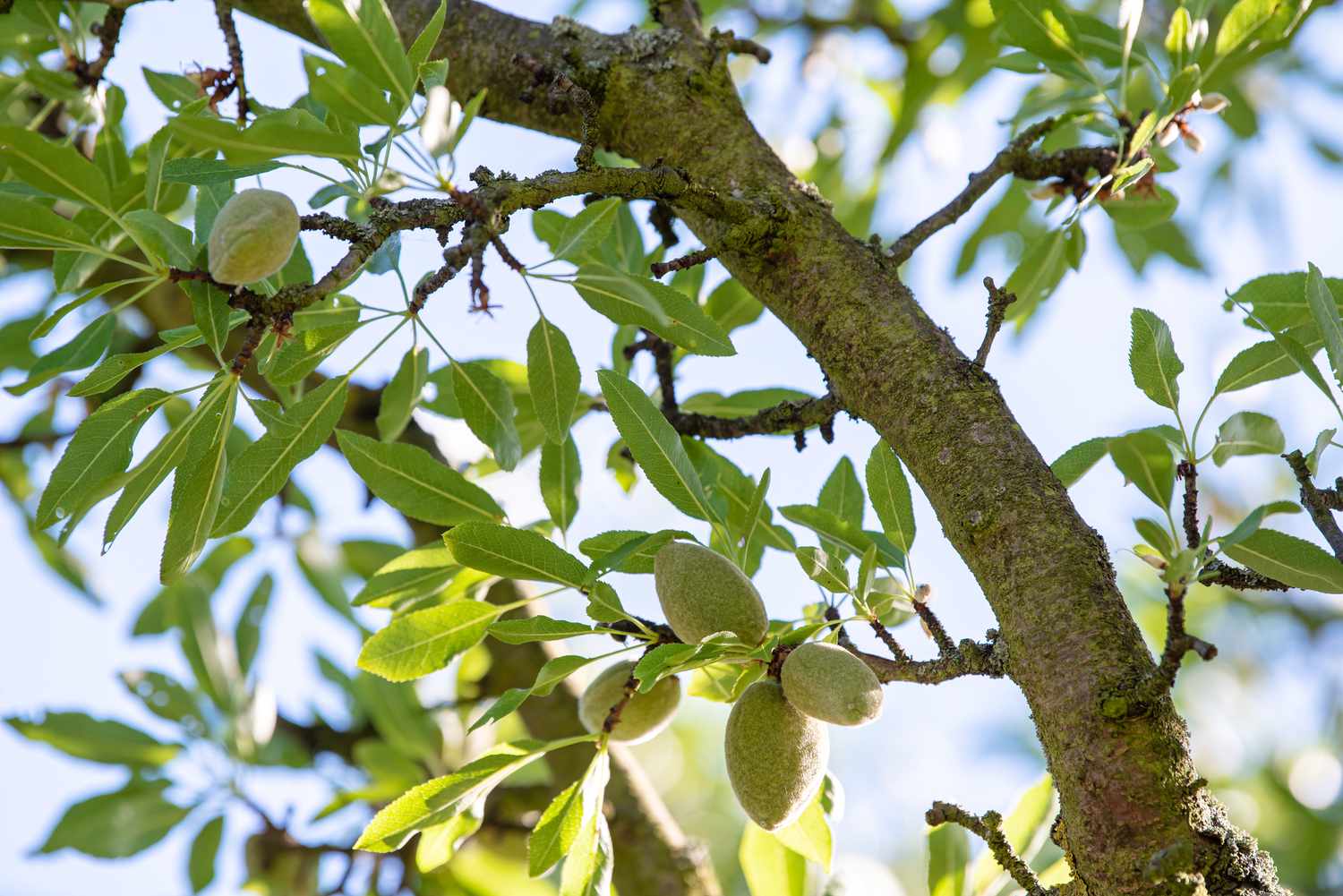
Almond wood is a Hardwood renowned for its excellent firewood properties. With a high BTU output of 27.0 million BTU per cord and a Very Long burn time, it is a popular choice for efficient and long-lasting heat. This post provides detailed information on its firewood characteristics, common locations, toxicity considerations, and identification tips.
Firewood Characteristics
| Property | Value |
|---|---|
| Wood Type | Hardwood |
| Specific Gravity | 0.71 |
| Dry Weight (lb/ft³) | 51.7 |
| Dry Weight (kg/m³) | 829 |
| BTU per Cord (million BTU) | 27.0 |
| Ash Content | Low |
| Coals Formation | Very High |
| Seasoning Time | 11 months |
| Burn Time | Very Long |
| Wet Weight (lb/ft³) | 64.6 |
| Wet Weight (kg/m³) | 1036.2 |
| Weight by Cord, Dry (lb) | 4394 |
| Weight by Cord, Dry (kg) | 1998 |
| Weight by Cord, Wet (lb) | 5491 |
| Weight by Cord, Wet (kg) | 2498 |
| Moisture Content | 50.0% |
| BTU per kg | 13,563.83 |
| BTU per lb | 6152.46 |
| Rating | 8 |
Common Locations
Almond trees are typically found in Mediterranean climates. Some common regions include:
- California, USA
- Spain
- The Middle East
Toxicity Considerations
There are no significant toxicity concerns associated with burning Almond wood. However, it’s worth noting that while the wood itself is safe to use as firewood, parts of the almond tree (such as bitter almonds) contain compounds that can be toxic if ingested in large amounts.
Identification Tips
Identifying Almond wood involves examining several key characteristics:
- Bark:
The bark is generally smooth to slightly rough, developing subtle fissures with age. Its color is typically a greyish-brown. - Color:
The heartwood is usually light to medium brown, often with a golden hue that deepens over time. - Grain:
Almond wood features a mostly straight grain with a fine, uniform texture. Sometimes, a slight wavy pattern may be observed. - Smell:
When freshly cut or burned, Almond wood emits a mild, nutty aroma that is characteristic of the species.
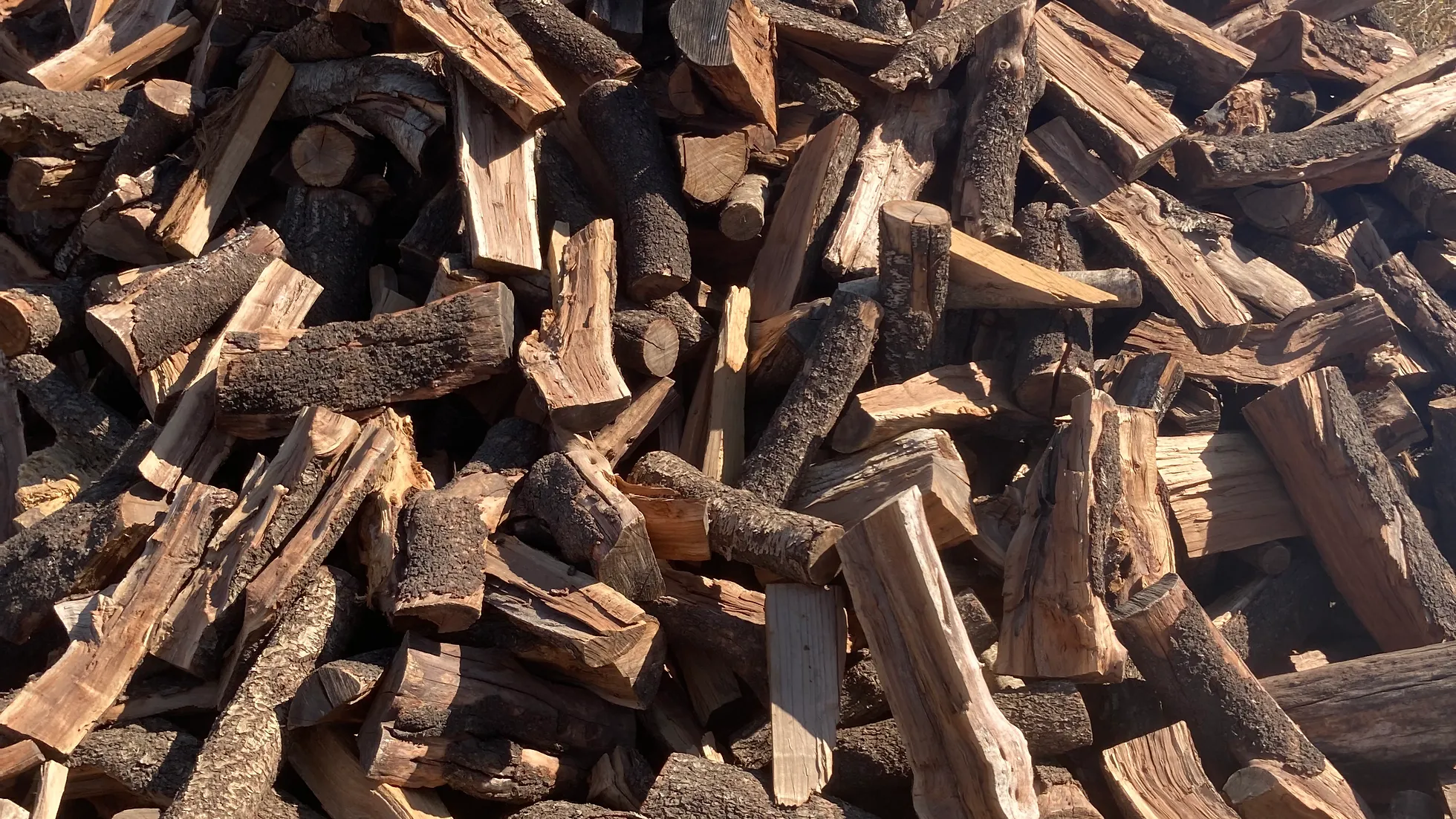
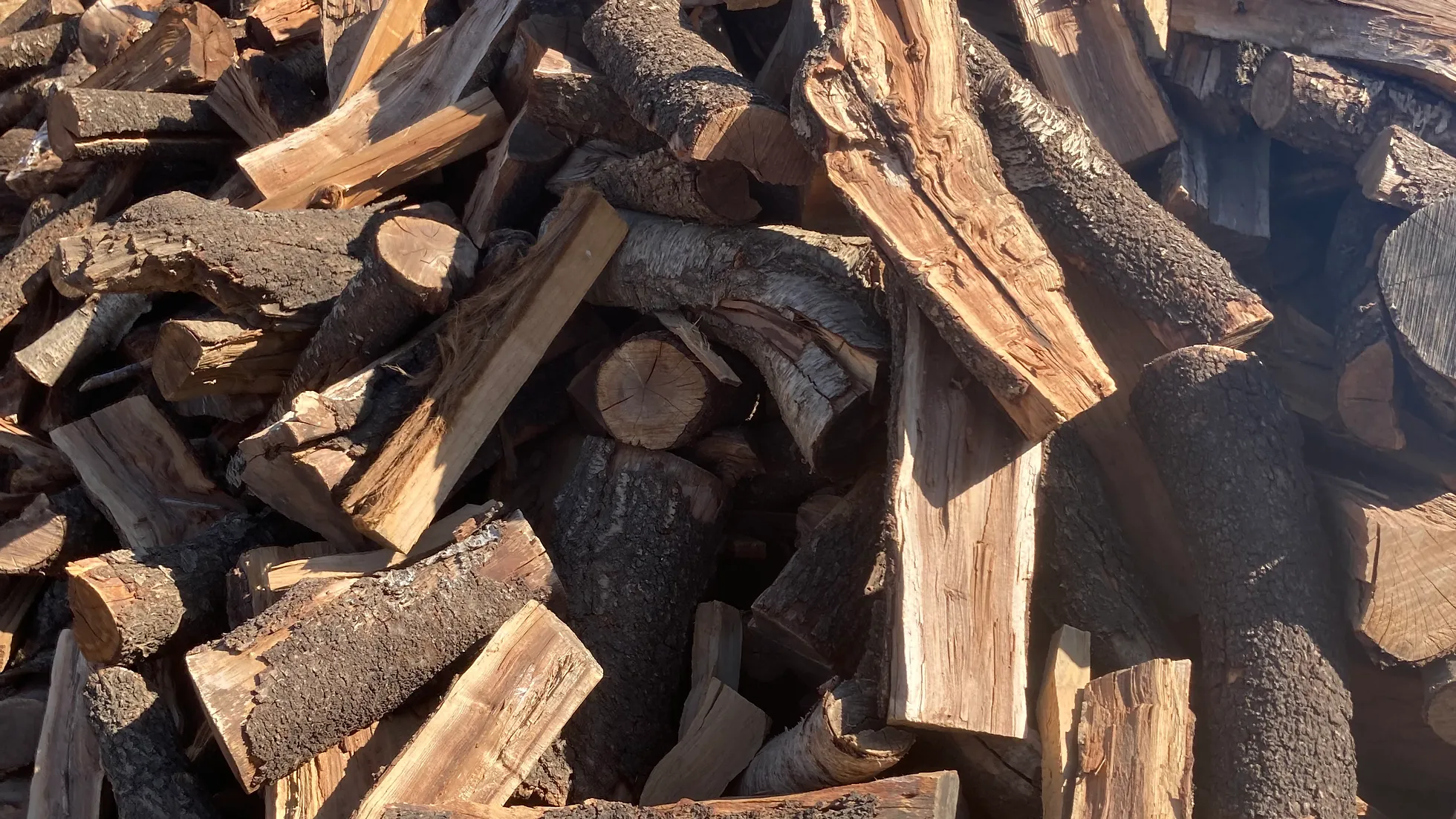
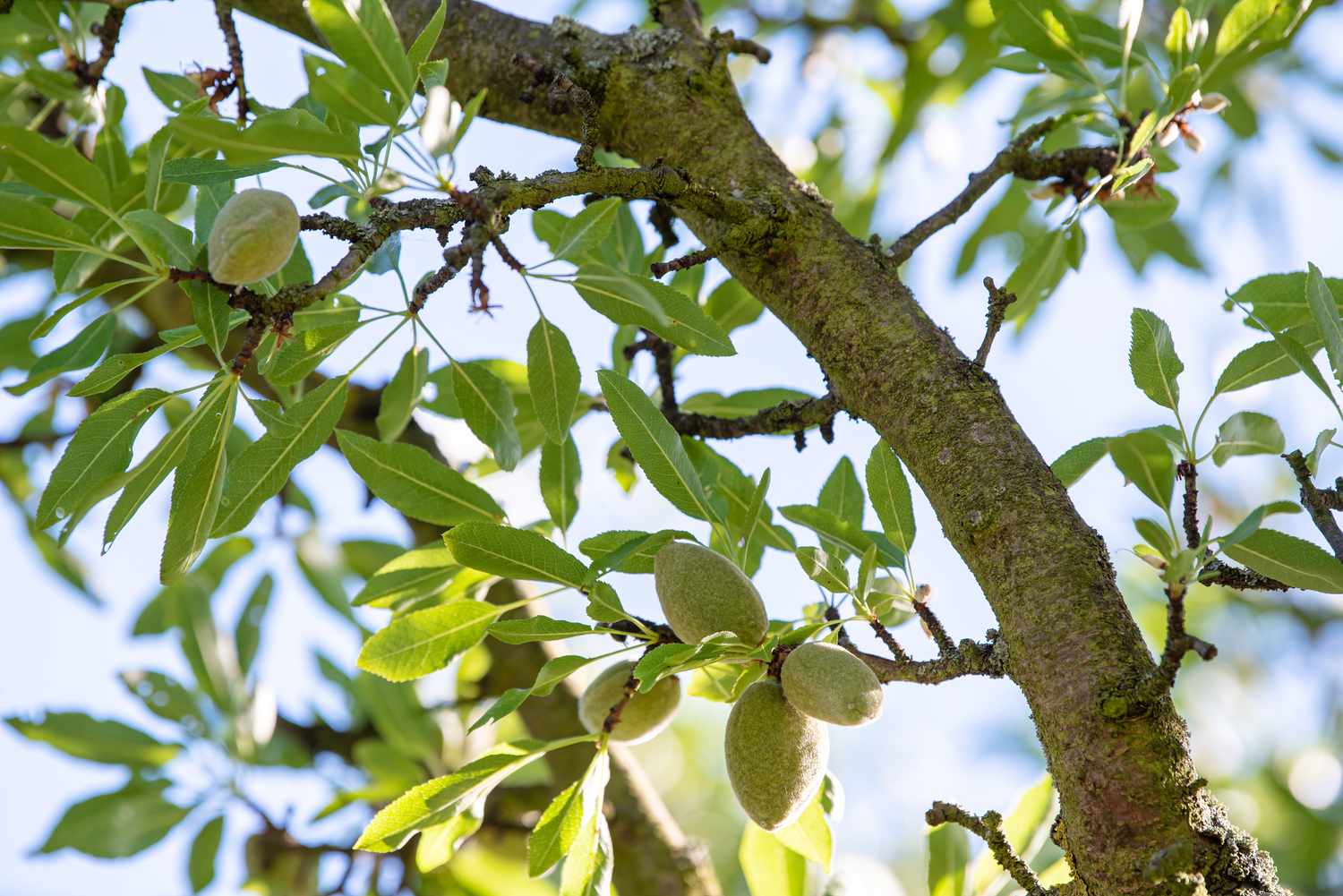
Usage & Storage Tips
- Seasoning: Almond wood should be seasoned for at least 11 months. It should be top covered, stacked off the ground in an area with air movement.
- Burning: Almond woods high density can make it a bit difficult to get going, but once burning it will burn hot and long.
- Storage: Ensure proper airflow while protecting the wood from excessive moisture.


